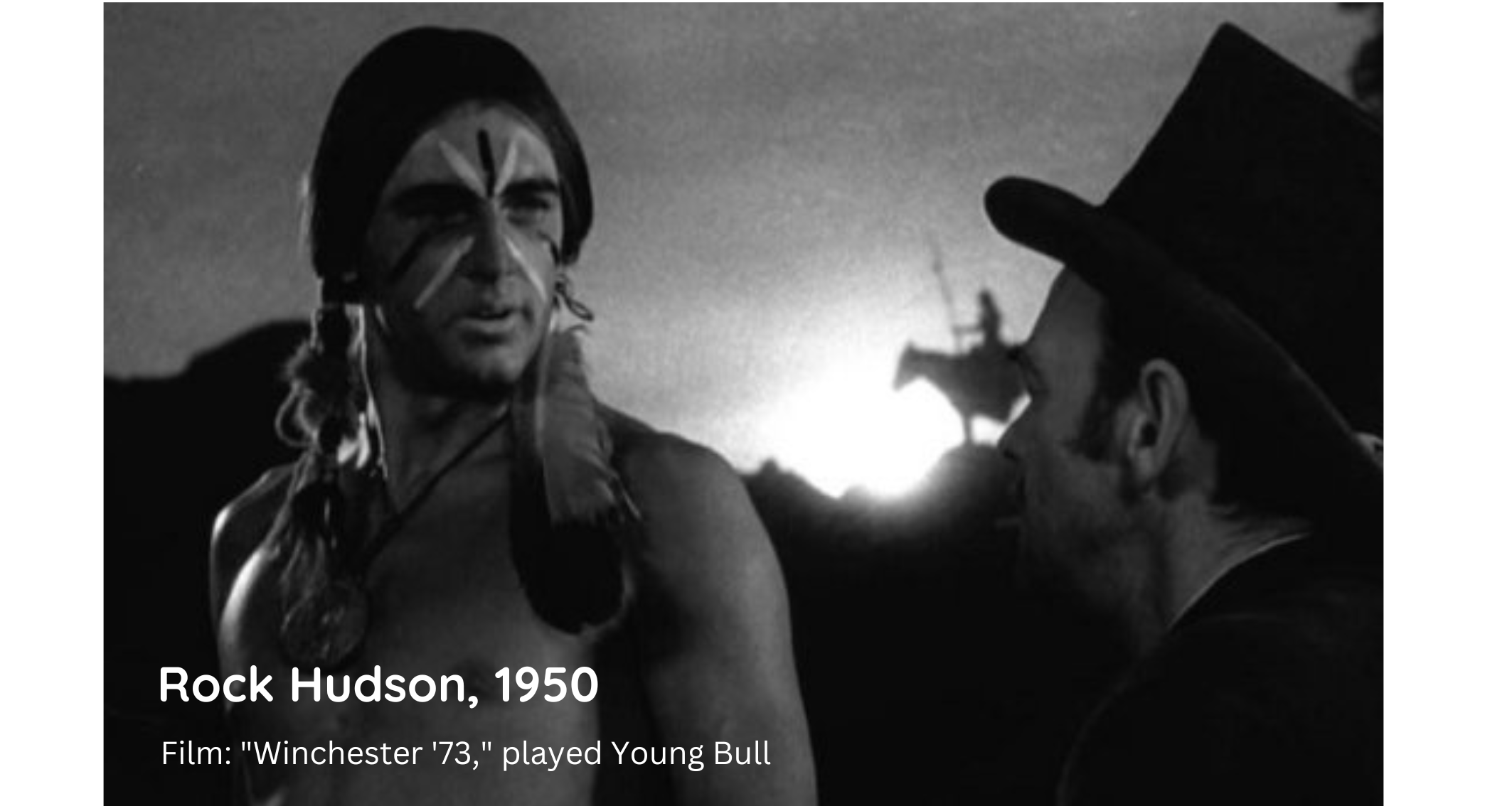


The casting of white actors to portray Native American characters in films has had a detrimental impact on authentic representation and the perpetuation of harmful stereotypes. The ever so popular genre of Cowboys vs. Indians enforced damaging tropes that reinforces the mischaracterization and exoticization of Native cultures. To this day, many Americans' only knowledge of Indigenous culture comes from these movies. Not to mention that these roles are often not even played by Indigenous actors, but rather, white men in face paint. Below are some notorious examples of white actors playing Native American characters in Hollywood blockbusters.



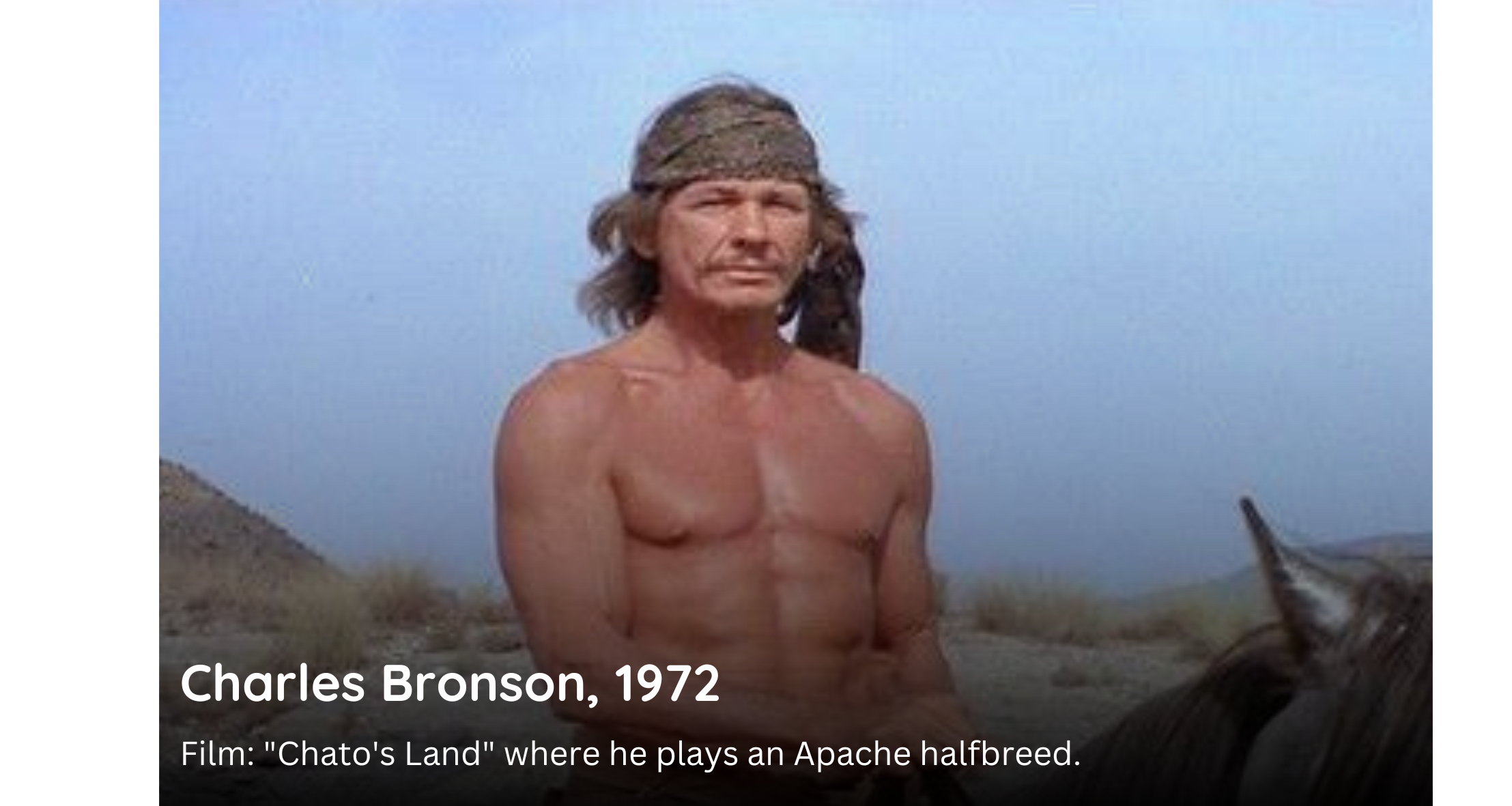
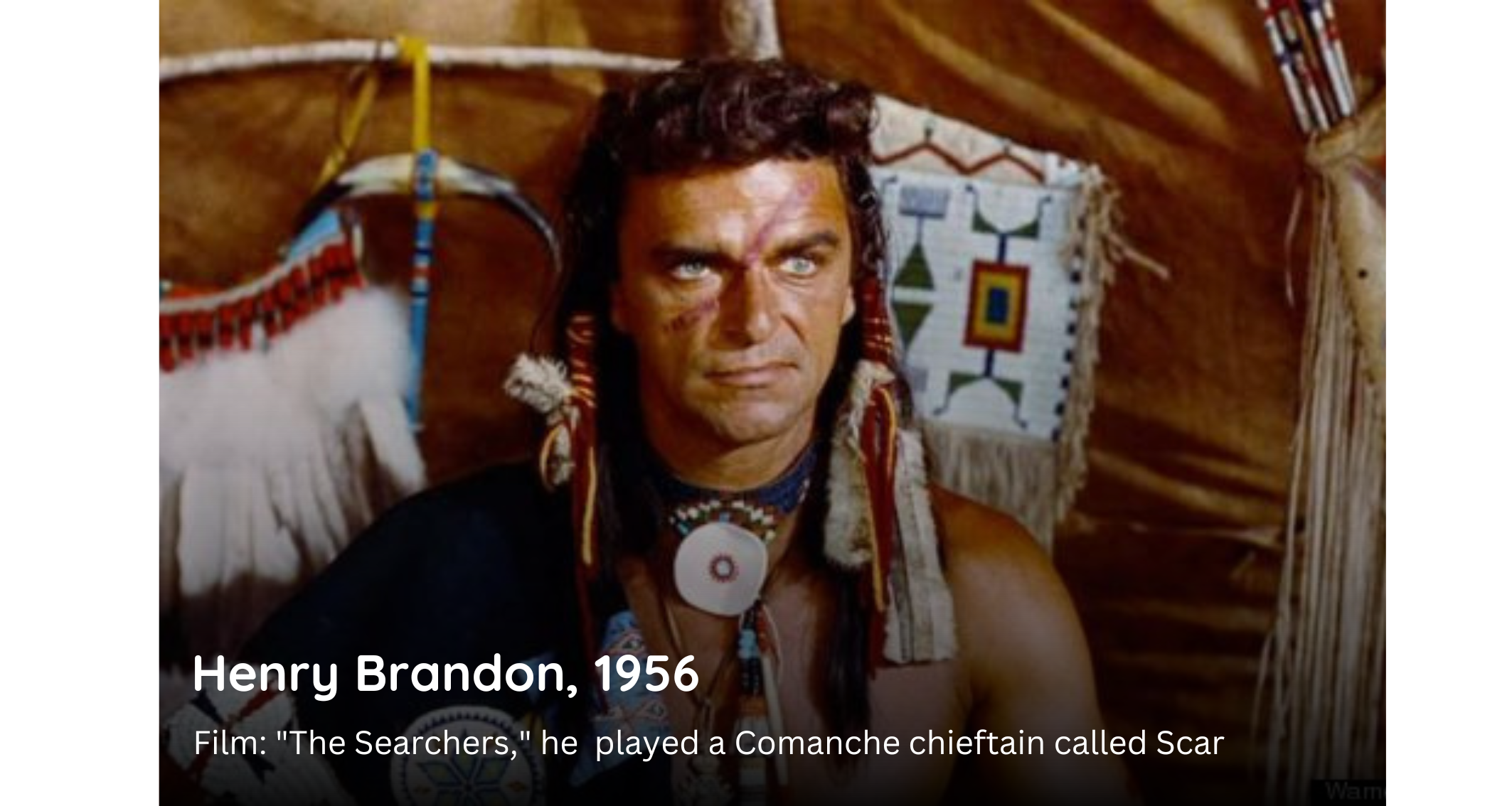
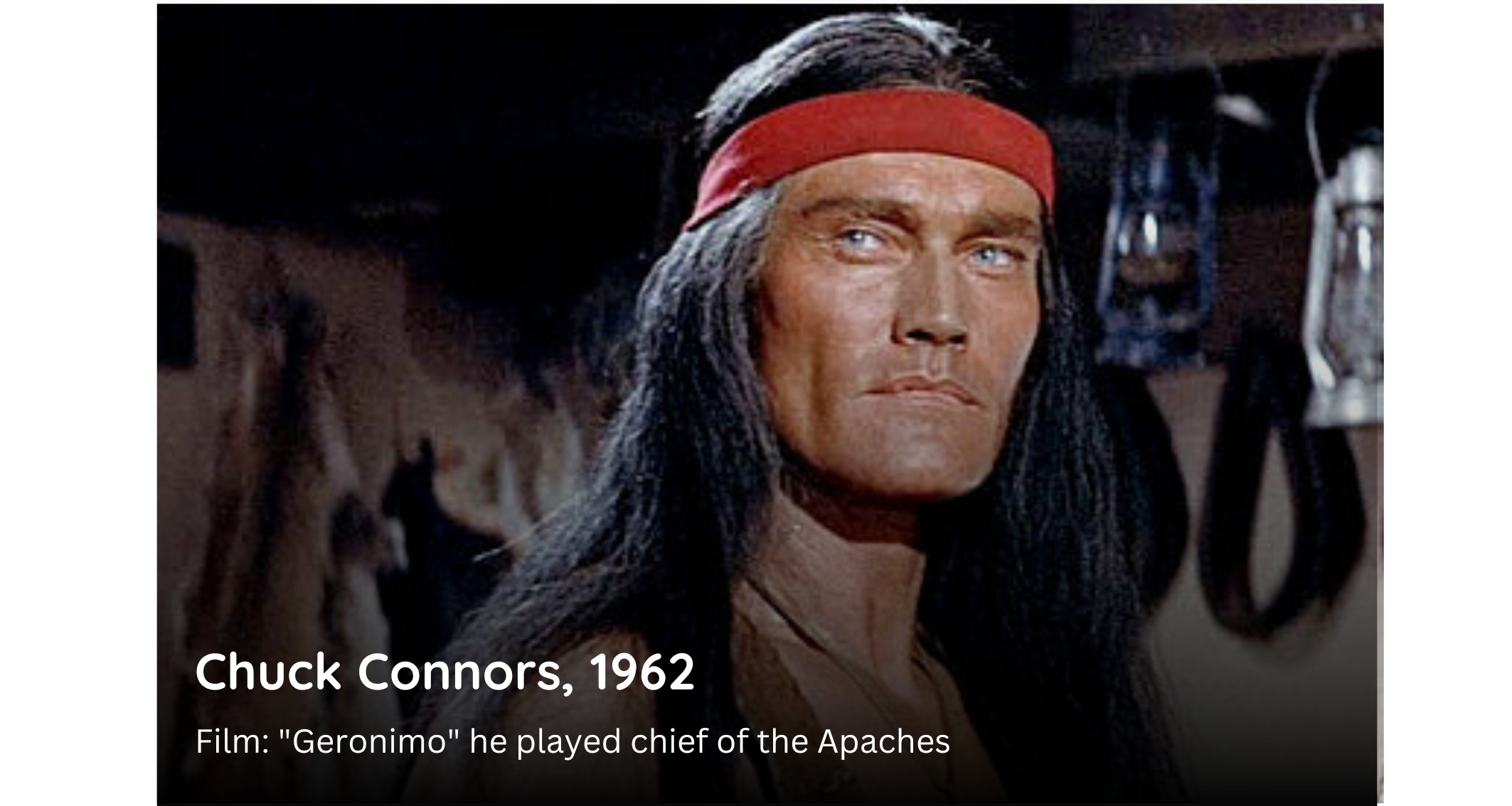
Not only have these harmful stereotypes been prevalent in live-action movies, but they have also been perpetuated in children's animations, as seen in the case of Pocahontas.
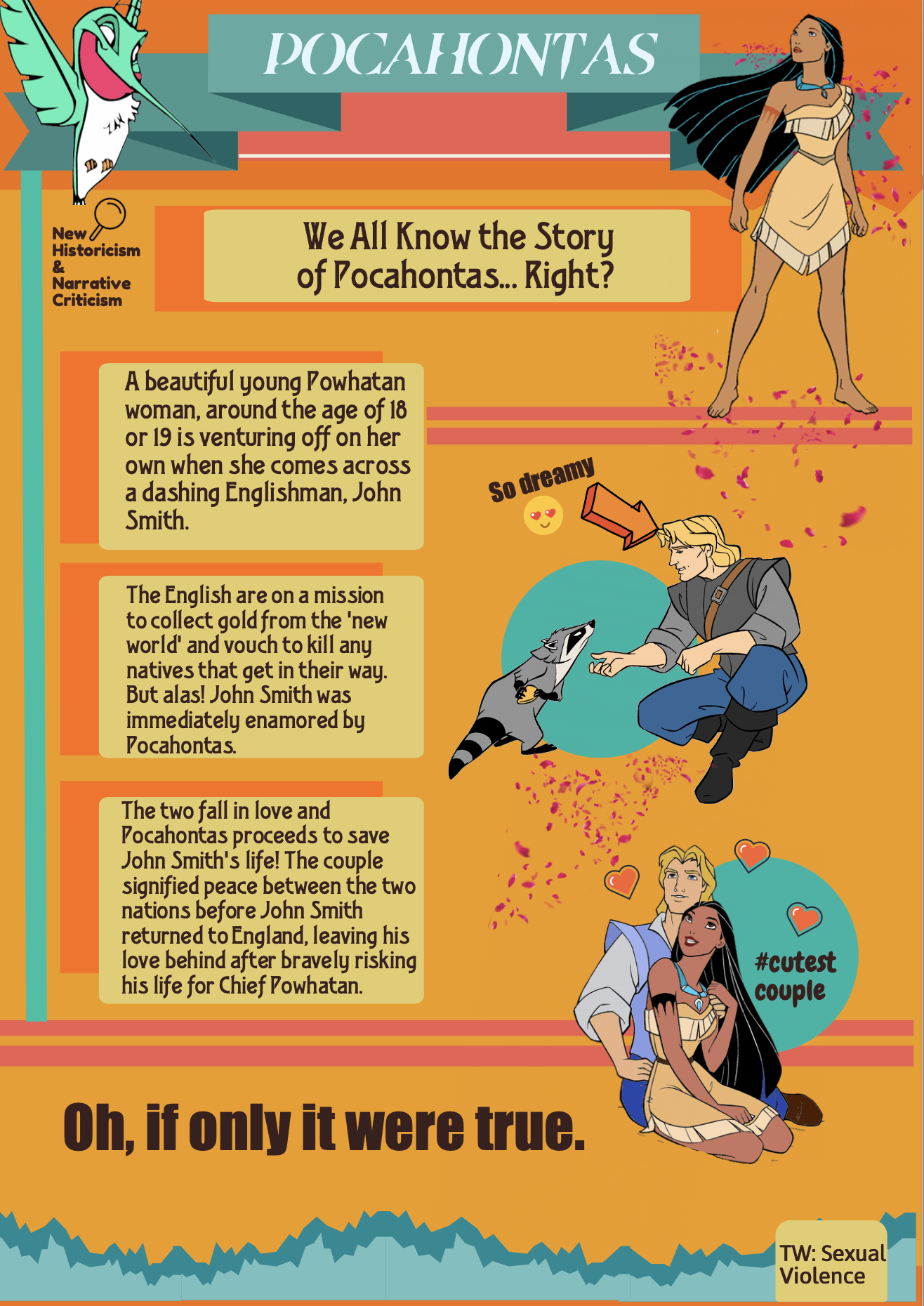
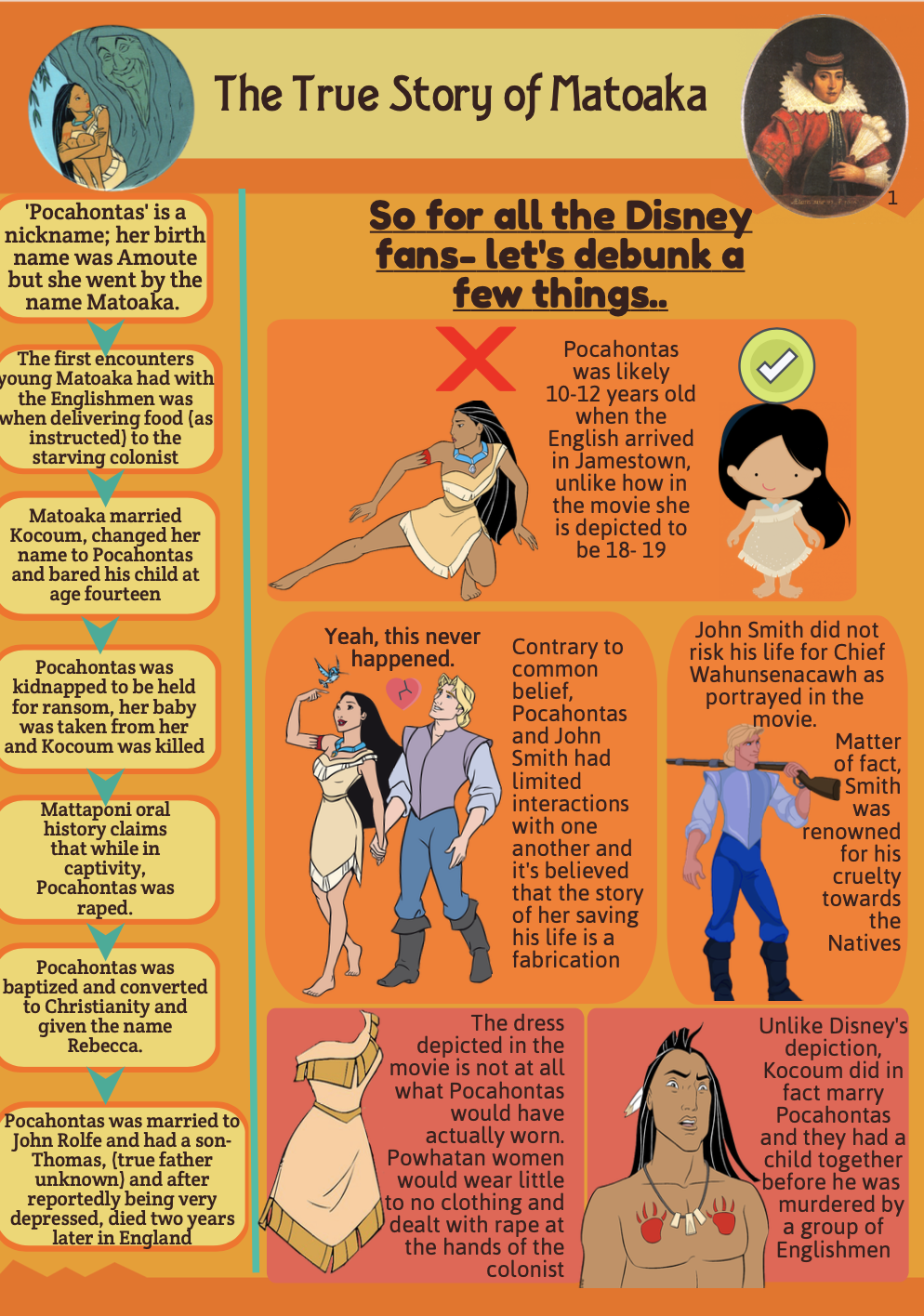
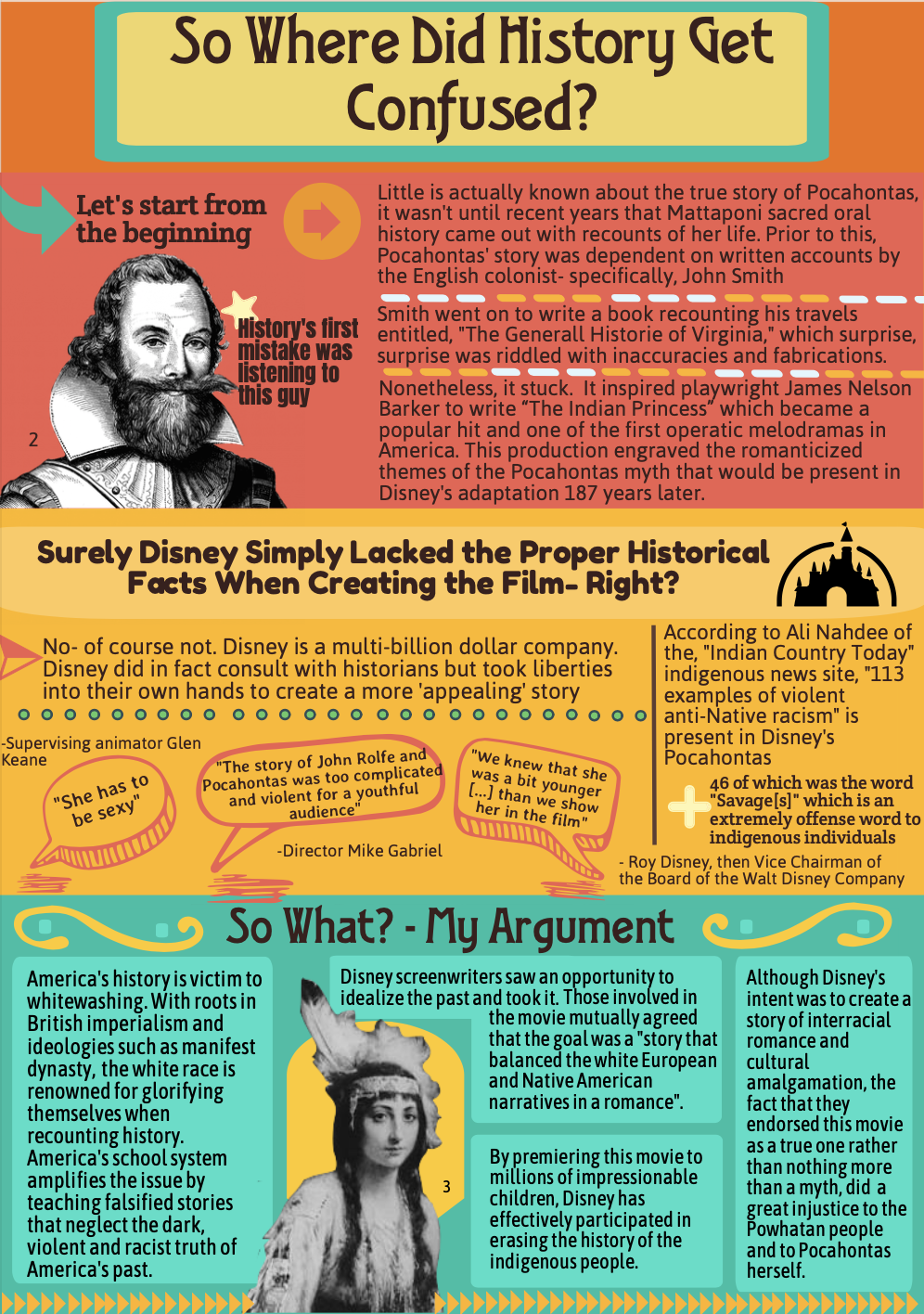
In contrast to earlier Western blockbusters, the 1970 film Little Big Man, dared to explore a more nuanced representation of the American Indian; Chief Dan George's hilarious performance gave depth to indigenous Americans in a way never seen in mainstream media previously.
Jesse Wente is quoted in the film Reel Injun as saying, "We began to see in a film like Little Big Man attempt to portray Aboriginal people as non-stereotypes, or at least an attempt to flesh out the characters that they could portray on screens.”
“Chief Dan George was undoing a lot of the problems that had been done before him in a single role"
.--(Jesse Wente, Ojibway film critic qtd. in the film Reel Injun)
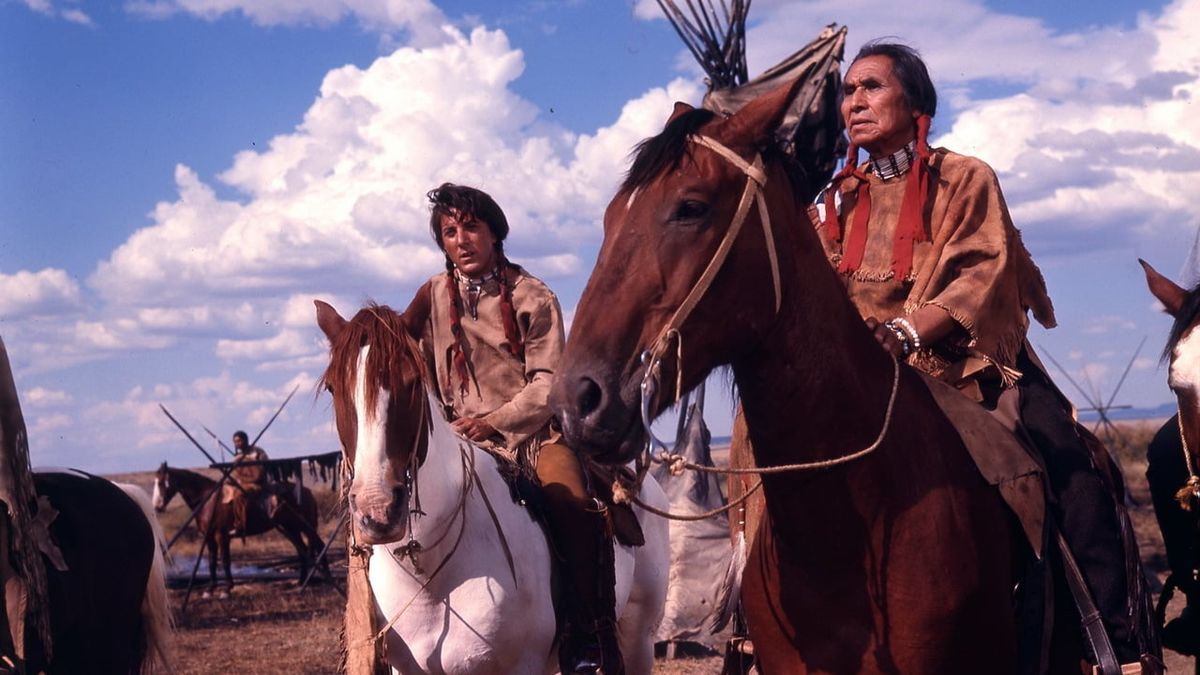
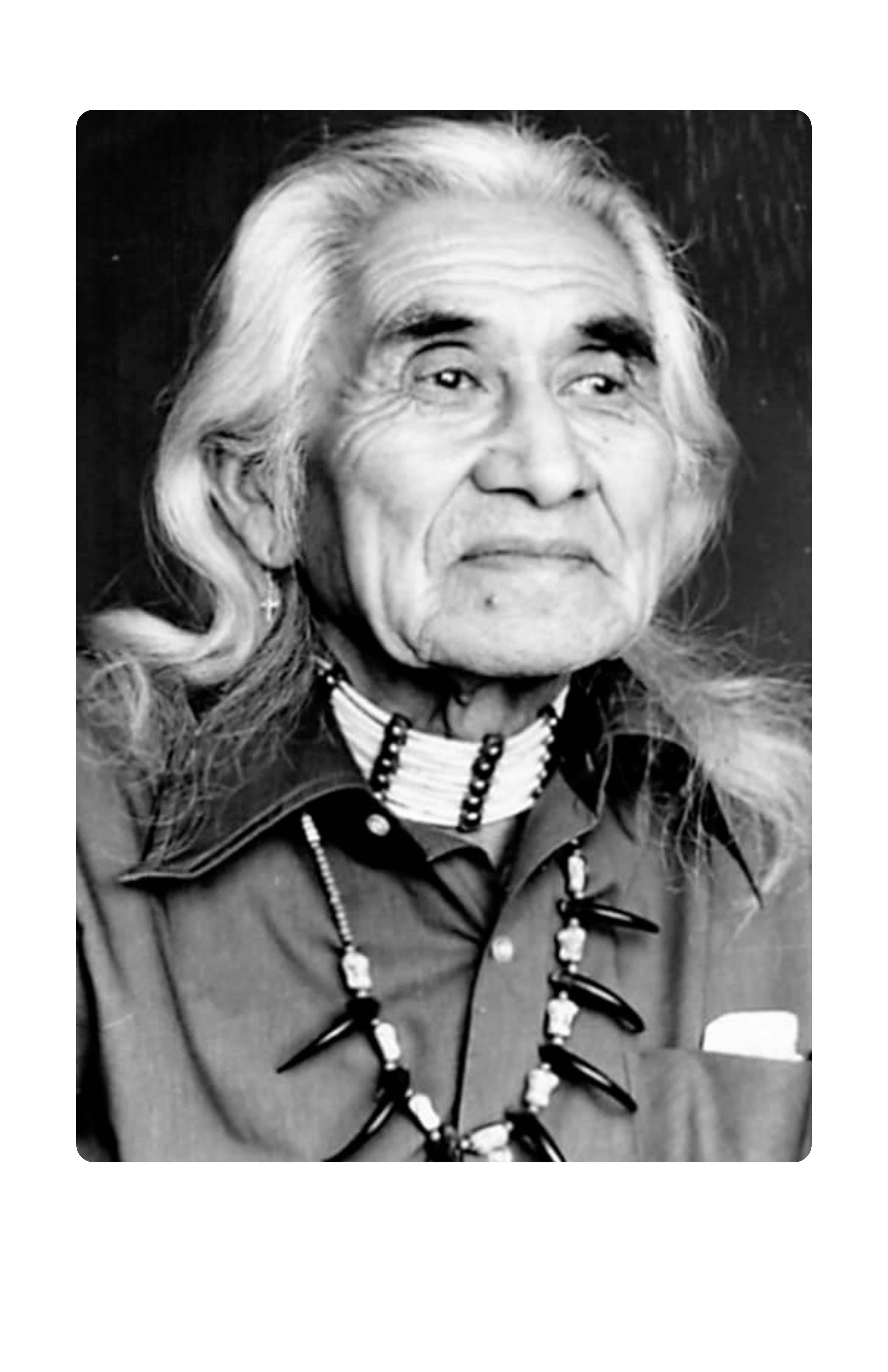
"We don’t believe we are going to get out of there alive, and the moral is down low, and Marlon Brando and Sacheen Littlefeather totally uplifted our lives"
--Russel Meansm, AIM leader, on the power of this speech while occupying Wounded Knee.
(Russel Means Lakota Activist, qtd. in the film Reel Injun)
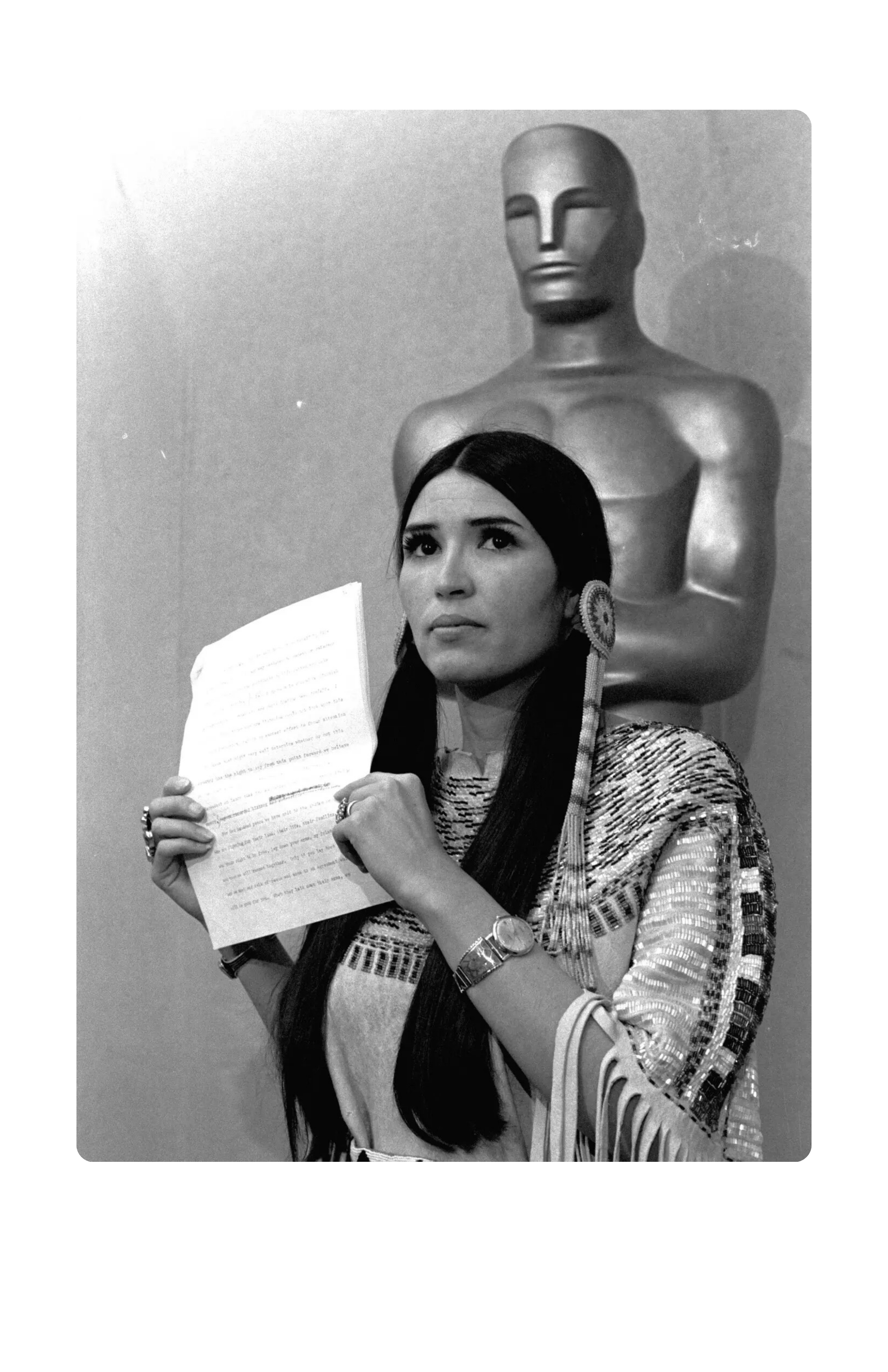
Upon Marlon Brando being awarded "Best Supporting Actor" at the 1973 Oscars for his role as Don Corleone in The Godfather, Brando sent up Sacheen Littlefeather to decline the award on his behalf. Sacheen Littlefeather, an Apache activist, aspiring actress, and then president of the National Native American Affirmative Image Committee, also attended the Alcatraz occupation alongside John Trudell. She noted in her speech that Brando's reason for doing so was a result of the “treatment of the Native Americans by the film industry... and on television in movie reruns," as well as to bring attention to the Wounded Knee occupation in South Dakota. Littlefeather was met with boos and mockery from the audience and dealt with harassment for years following this event, as well as becoming blacklisted from the entertainment industry. It was not until a week prior to her death, nearly 50 years after her appearance at the Academy Awards, that the Academy apologized to Littlefeather.
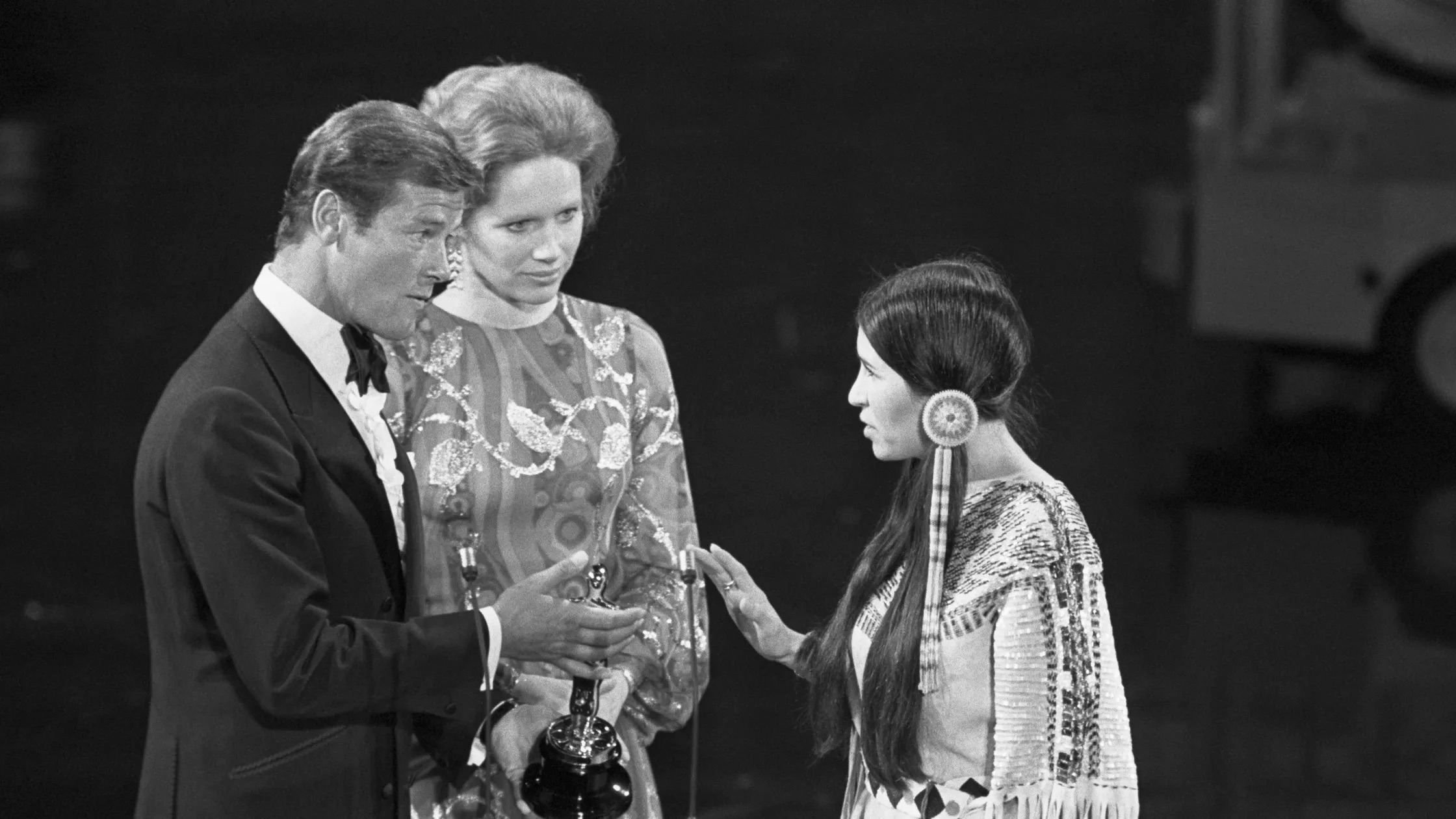
The apology reads as follows,
“The abuse you endured because of this statement was unwarranted and unjustified,” then-Academy president David Rubin wrote in the organization’s apology letter, dated June 18. “The emotional burden you have lived through and the cost to your own career in our industry are irreparable. For too long the courage you showed has been unacknowledged. For this, we offer both our deepest apologies and our sincere admiration.”
In the 1975 film One Flew Over the Cuckoo's Nest, we see a portrayal of a Native American in a mainstream film not dependent on perpetuating the same stereotypes we've seen for decades prior.
“The character in One Flew Over the Cuckoo's Nest started out as the stereotypical Indian and it rose to a level of humanity as the pictures unfold, he has to become the symbol of freedom for—America really. “ --(Wes Studi Cherrokee actor qtd. in the film Reel Injun)
"
“[In One Flew Over the Cuckoo’s Nest we are] beginning to see ownership over these stereotypes. Sampson reclaims the character for “our people (...)I will take it within me and I will own it, and I will give it a grace.”
---(Jesse Wente, Ojibway film critic qtd. in the film Reel Injun.)

